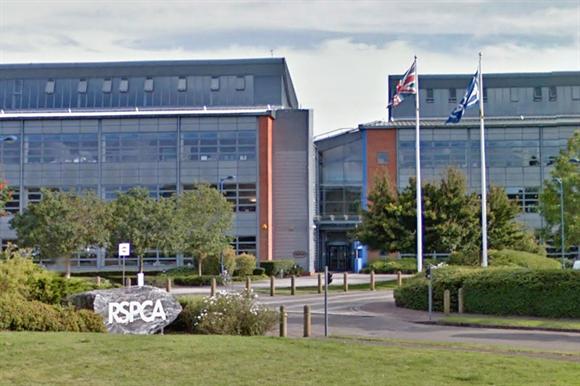-
RSPCA HQ is on the move again.

The UK RSPCA headquarters is on the move again. The Society has been like a hermit crab in the past by discarding its shell every few decades when it got too big for it. But this time it is different. They are downsizing.
-
Celebrity Chefs revel in promoting exotic meat eating.

Celebrity chefs revel in eating exotic creatures when making TV shows abroad just to raise audience figures but they should give more thought to the message they are promoting.
